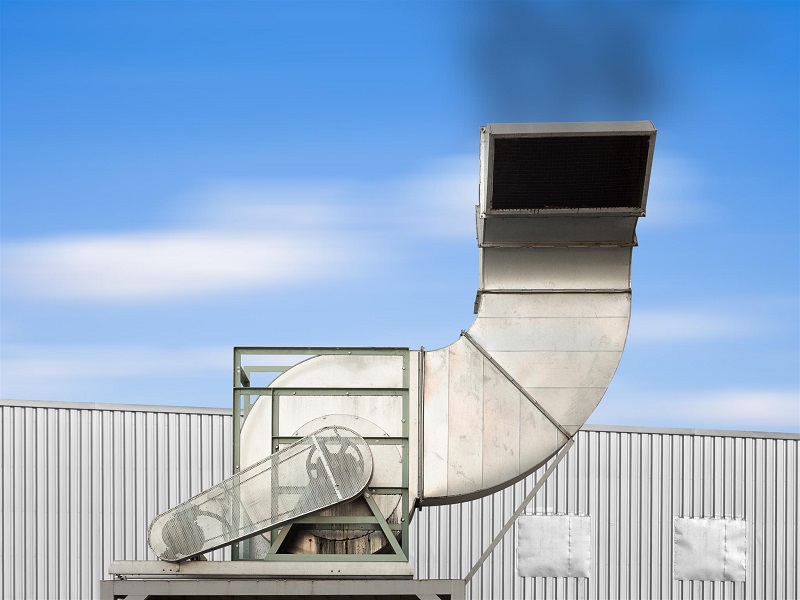
Air Pollution
When harmful pollutants in the atmosphere build up to unhealthy levels they cause air pollution. It has harmful effects on human health and the environment, therefore it is important to control it. There are various causes through which air get polluted. Therefore, government has initiated various measures designed for.
Sources of Air Pollution:
There are different sources of air pollution which are as follows:
1. Natural sources: – Sometimes air gets polluted from the natural sources like Volcanoes, Wildfires, Methane and Dust. The smoke that comes into the environment through these sources leads to the air pollution.
2. Artificial sources: – There are various artificial or man made sources which cause the air pollution and these sources are automobiles, furnaces, fireplaces, and the burning of fossil fuels.
Air Pollution Control:
There are various techniques which are used for removing the harmful pollutants from the atmosphere. Along with solid waste management, wastewater treatment and hazardous waste management, air pollution is also the principal component of pollution control. Air is polluted when it contains unwanted material which is harmful to the environment in an excess amount.
How to Remove the Pollutants from Air?
There are various physical processes which help to remove the polluted particulates. These physical processes involved to use different types of equipment which include bag house filters, cyclones, scrubbers, electrostatic precipitators. After the collection of the particulates, they get attached to each other and form agglomerates which are further disposed of in the landfills after removing it from the equipment. It is not easy to decide the best particle collection device because air pollution has a unique project control. The selection of the collection device depends upon the corrosively, shape, size, size distribution and density of the particulates. Other factors are the pressure, temperature, and viscosity of particulate.
Removal of Particulates
- Cyclones: – In case of the cyclones, the particulates flow in the spiral path inside the cylindrical chamber. They form the vortex inside the chamber. Due to larger inertia the particulates start moving outside and slow down by the friction. Then they are collected in the dust hopper and removed from the hopper for the disposal. It is the best instrument to remove the relatively coarse particulates. But they are only used as pre-cleaners because they are not able to provide better results and fully particulate-free air.
- Scrubbers: – It removes the particles by spraying water or any other liquid. In this method, particulates are washed by the countless tiny droplets.
- Electrostatic precipitator: – By this instrument, fine particulates are removed from the atmosphere. When the particle enters the chamber, electric charge is given to it and then after that it is removed by the influence of the electric field.
- Baghouse filters: – It is known to be one of the efficient ways to remove the harmful particulates. In this method, fabric-filter bags are used for air pollution control. It is about 25 cm in diameter.
Control of Gases:
- Absorption: – In this method, pollutants are captured in any type of liquid or water. It is done by transferring the pollutants from one medium which is air into another medium which is water or liquid.
- Adsorption: – In this method gas pollutants are adhering to the solid surface and it helps in controlling odor in food-processing industries.
- Incineration: – It is also known as combustion. It helps to convert various air pollutants to the carbon dioxide and water. Afterburner is a type of the incinerator which helps to remove out hydrocarbon fumes.
 WhosGreenOnline.com Your Online Magazine and Directory for Green Business, Product, Service and News!
WhosGreenOnline.com Your Online Magazine and Directory for Green Business, Product, Service and News!

